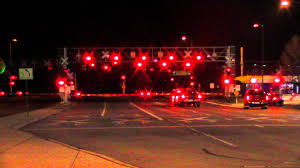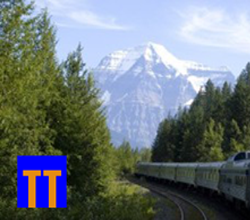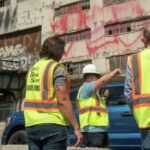How to Hush the Engine’s Horn.
An interesting question came in by email the other day asking about “Quiet Zones” … that is, specific stretches of track, usually running through or adjacent to residential areas, where residents want relief from the blaring horns of locomotives hauling both freight and passenger trains.
Under normal circumstances, engineers are required to sound the horn in advance of every grade crossing … that is, where automobile traffic literally crosses the tracks. If it’s a quiet zone, the engineer is not required to blow the locomotive’s horn and does so only in the case of an emergency.

But how and from whom does a community get official permission to create a Quiet Zone? For the straight dope, I went to an impeccable source: a retired Amtrak engineer. Here’s what he told me:
It all starts with a formal appeal to the Federal Railroad Administration. They will survey the area in question and lay out what specific steps must be taken to prevent the most reckless or inattentive driver from trying to cross the tracks in front of a train.
Most probably, that will include specific requirements for the installation of what are called “four-quadrant gates” These are automatic gates—with flashing lights and bells—that block both sides of the street on both sides of the tracks. In other locations, the FRA could specify gates and median barricades.
One significant caveat is that the railroad is not required to pay for those new, upgraded improvements and that’s the point at which many communities decide they can live with all those horns. The reality is that someone has to pay for all that new and improved grade crossing machinery—frequently costing several hundreds of thousands of dollars—and it won’t be the railroad … at least not the one that owns that grade crossing.
Thanks for asking the question.




I find those horn sounds nostalgic, but then again, I grew up a few miles away from a RR crossing, so they weren’t that loud for me.